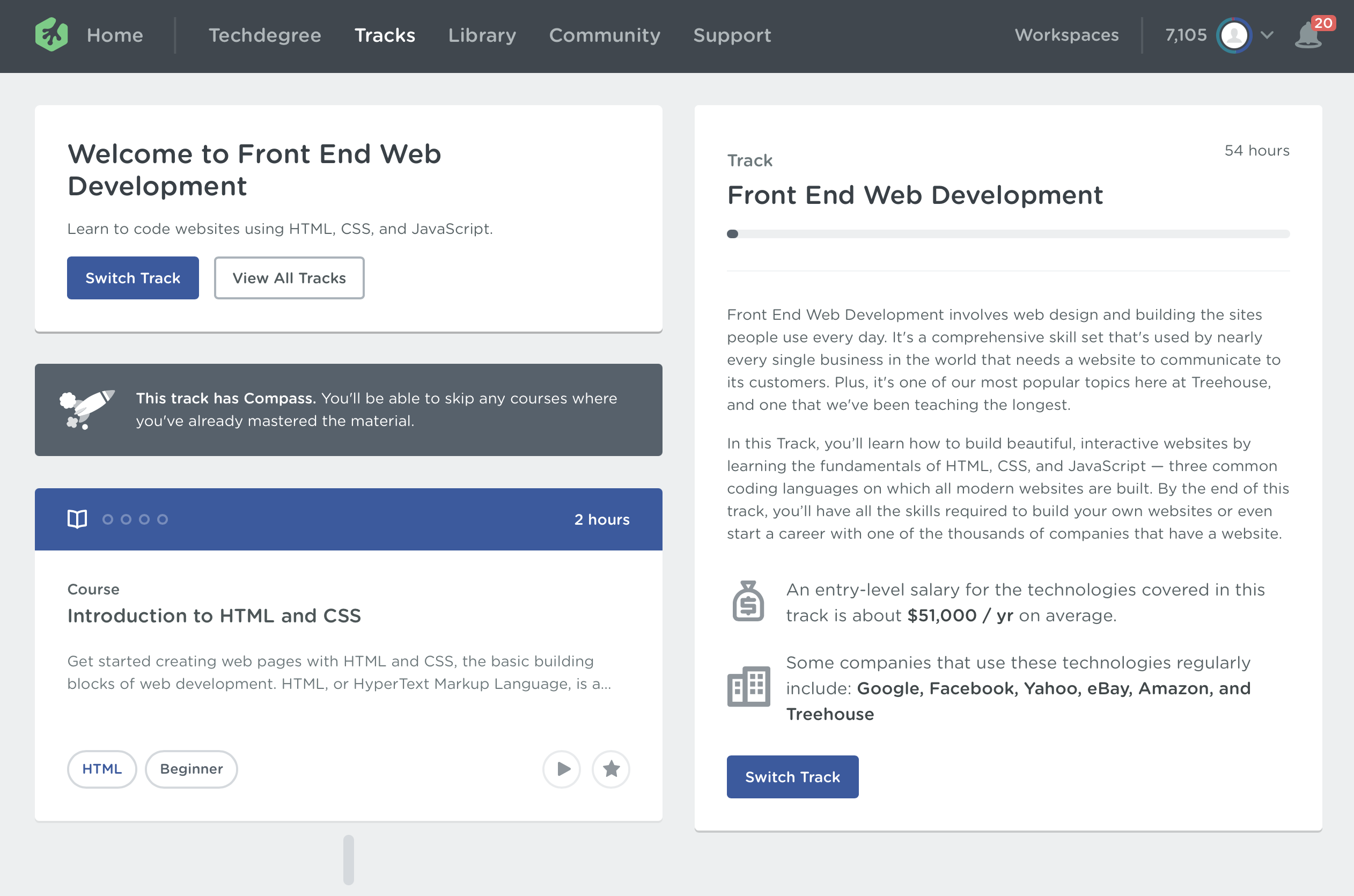How to build a POC (Proof of concept)

Have you ever wanted to create a new webpage with a product idea or concept you want to test out really quickly?
A proof of concept is a small piece of work that you can make to try out new concepts and methods, show what might or might not work, and get some feedback on the ideas before building the larger system or product. It can also act as a testbed for features or applications you have in mind.
The best way to determine whether or not a concept is viable is by asking for and getting feedback from others. This is what a POC or will do for you.
In this article, we will take a closer look at how you can learn yourself a couple of skills that will enable you to make your own POC. But first, we will show you a case study with one of our own experiences.
Short case study of a POC
We created a POC before we started developing our SaaS Power Technology. The screenshot below shows what the landing page looked like (Norweigan).
The backstory of this POC is that the market for selling electricity to consumers in Norway is highly competitive and therefore suffering from low margins.
This creates a form of business creativity where electricity companies have to apply add-on products, moving customers to more expensive power deals and such to increase profitability. The only problem with this is that it is not consumer-friendly.
Since the electricity bill is not something the customer looks at daily, and the complexity of checking it is quite hard for the average consumer, we thought an automatic service that checks the electricity bill for you would be user-friendly and easy to understand for consumers.
We created a landing page with some design sketches and a simple input form to test this hypothesis.

We built our site using Ruby on Rails and a Tailwind UI template, and it was ready within a few days. Once the landing page was up and running, we started driving traffic to the site through cheap Facebook marketing.
Within a week, we had about 500 users registered. This validated the interest in our product/service to the point that we could start developing the product with confidence.
The service itself took several months to develop into an MVP (minimum viable product). Spending a week's worth of work coding up a landing page was definitely worth it.
The solution is now a part of the SaaS services that we offer to power companies.
But wait, I can't code...
If you do not know how to code, and you don't have a friend that works as a developer, you can utilize no-code or low-code options like Bubble, Webflow, Wix or Squarespace.
These kinds of tools have a bit of a learning curve, so be patient. You'll have to expect to spend a minimum of 100 hours to get proficient within the tool of your choice.
Feel free to contact us if you're overwhelmed and don't know how to go about it or don't want to use your own time on it. We have built several POCs and validated them through marketing.
Now personally, I would encourage you to learn to code yourself. This will empower you in so many ways. A quick Youtube search for "learn to code" will render you thousands of video tutorials.
I can also recommend online learning resources like Treehouse, where the teaching and learning are more structured, thus more suited for beginners.
As the screenshot shows below, you can enroll in a "track", and you will learn all the necessary skills to, e.g., do front-end development (web).

Create a great user experience
Either you went for the no-code / low-code option, or you actually plan to learn to code your own web applications. You will need to learn some basic design.
While you don't need to be a design master, a good design will render you better results in the POC. A poorly designed landing page will not perform as well.
There is plenty of free software to design your website in. I prefer Figma because it is easy to use, and you can make a clickable demo that you can share with friends or colleagues.
Low-code or no-code solutions often have ready-made templates that you can use. In this case, you do not need to worry about the design.
Conclusion
Creating a POC is valuable if your company wants to validate if a product or service is something the consumers actually want before spending a great deal of money creating the product or service.
Even though you could use no-code or low-code solutions to create a landing page, you will have greater flexibility if you learn a bit of coding and design yourself.
The flexibility you get by learning code and design will yield better results in a POC and thereby give you confidence in the product or service you plan to create.
